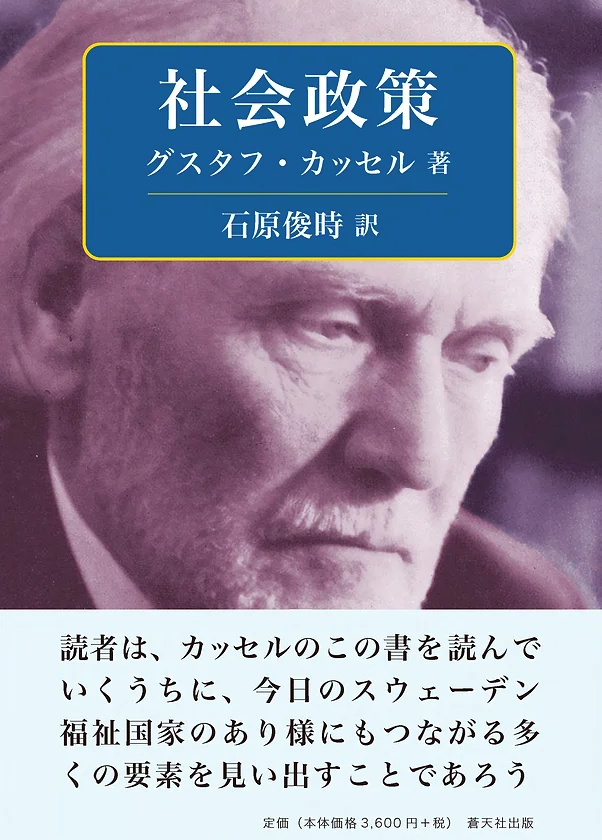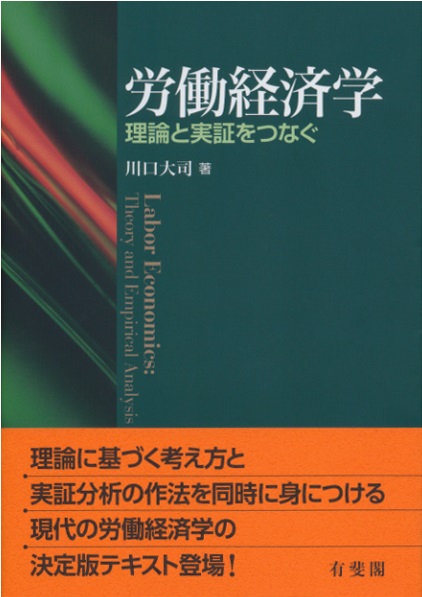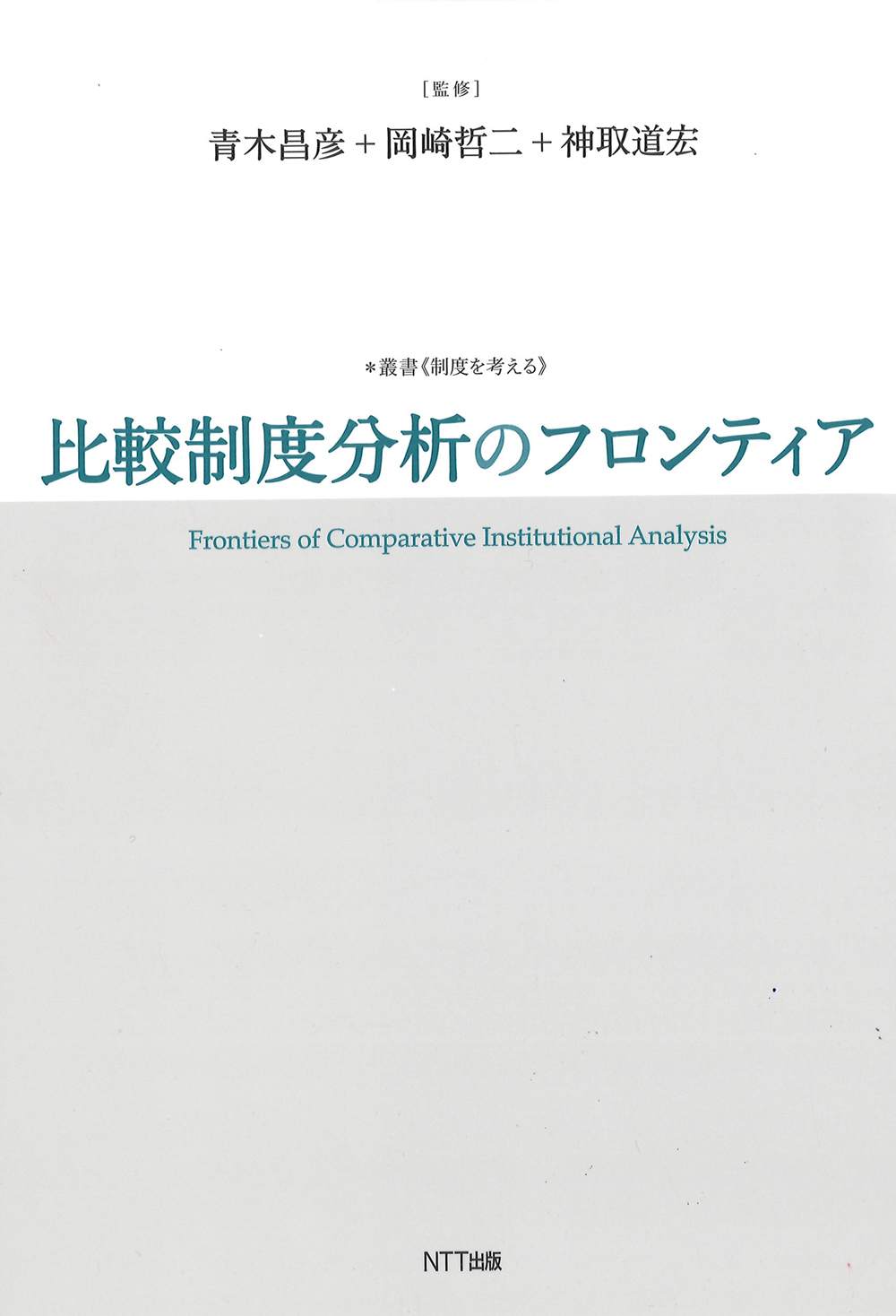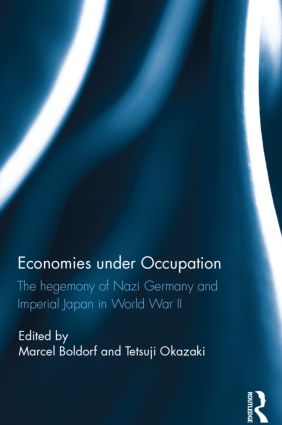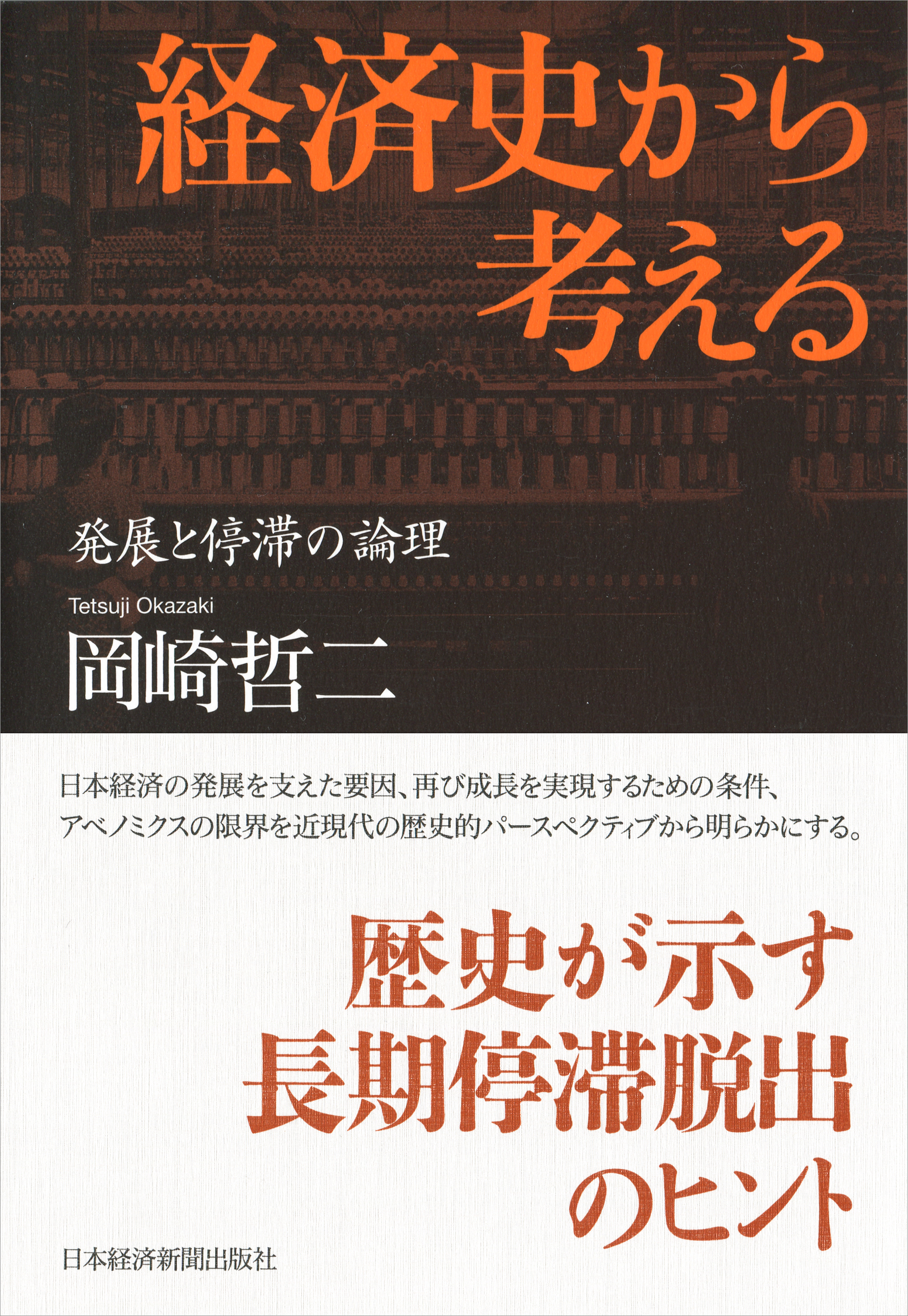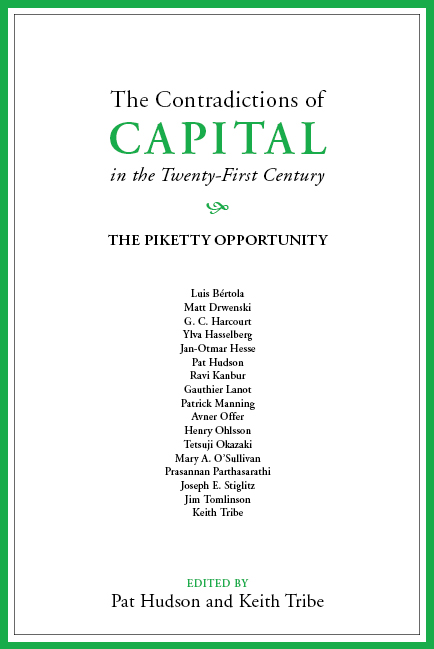
Title
The Contradictions of Capital in the Twenty-First Century The Piketty Opportunity
Size
312 pages, 234x156mm
Language
English
Released
October, 2016
ISBN
9781911116110 (hardcover)
Published by
Agenda Publishing
Book Info
See Book Availability at Library
Japanese Page
Since the 1980s, the world, and especially developed countries such as the U.S., have seen an increase in income distribution inequality. So it is in the context of this reality that Thomas Piketty’s Le Capital au XXIe siècle (Éditions du Seuil, 2013) became a huge bestseller around the world, including in Japan, seeing popularity beyond merely specialists in the economic field. The work itself is also fascinating, as we show below, and two major features characterize it.
First, it is based on data about inequality that takes in a protracted period of between 100 to 200 years, collected through the efforts of Piketty and his co-researchers. They were able to show how the concentration of the income of high earners soared around the world up until the opening of the 20th century, then decreased after World War I, reaching a low point around the 1970s, after which it headed up again in the 1980s, until some countries had reached levels of the concentration of the income similar to those seen in the early 20th century. Second, this book explains long-term shifts in income inequality in various countries with one extremely simple mechanism. Namely, looking at history, r (rate of return on capital) has always exceeded g (GDP growth rate), which means that the share of capital income in GDP continues to rise on a long-term basis.
The straightforwardness of Piketty’s arguments attracted many readers, and the book made a contribution in the formulation of clear policy recommendations by stressing the need for measures including a tax system to correct income inequality. However, it is also a problematic work, and all kinds of mechanisms actually at play are set out of the reader’s field of view. In this book, The Contradictions of Capital in the Twenty-First Century: The Piketty Opportunity, which was inspired by Piketty’s volume, we reexamine economic theories regarding income distribution, reviewing once again the long-term dynamics of income distribution for a number of countries and regions: France, Germany, Sweden, the United States, the United Kingdom, Africa, Japan, and India.
The chapter about Japan analyzes previous research to show us that the increase in income inequality seen prior to World War II was not a result of the mechanism hypothesized by Piketty, but that of one unique to less-developed countries, in which there was a transfer of labor from the agricultural to the low-wage non-agricultural sector. At the same time, by looking at individual data (income and assets), we see that a single class of extremely wealthy people was formed in Japan that accumulated a huge amount of assets and earned a high income.
(Written by OKAZAKI Tetsuji, Professor, Graduate School of Economics / 2018)
Table of Contents
2. G.C. Harcourt and Keith Tribe, “Capital and Wealth”
3. Keith Tribe, “Inequality”
4. Avner Offer, “Models, Money and Housing”
5. Gauthier Lanot, “French Idiosyncracies”
6. Jan-Otmar Hesse, “Fact or Fiction ?: Complexity of Economic Inequality in the Twentieth-Century Germany”
7. Yiva Hasselberg and Henry Ohlsson, “Collective Wealth Formation: Conflict and Compromise in Sweden”
8. Mary O’Sullivan, “A Confusion of Capital in the United States”
9. Jim Tomilinson, “Distributional Politics: The Search for Equality in Britain”
10. Luis Bertola, “Looking at Piketty from the Periphery”
11. Patrick Manning and Matt Drwensky, “The Difference of Inequality in Africa”
12. Tetsuji Okazaki, “Income Distribution in Pre-war Japan”
13. Prasannan Parthasarathi, “Piketty and India”
14. Pat Hudson, “Goals and Measures of Development: The Piketty Opportunity”
15. Ravi Kanbur and Joseph E. Stiglitz, “Wealth and Income Distribution: New Theories Needed for a New Era”



 Find a book
Find a book


